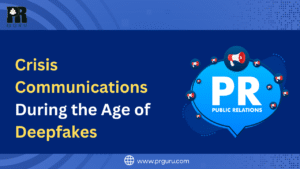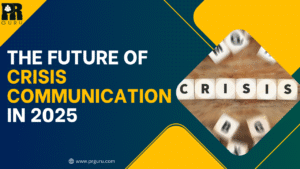Why Every PR Team Needs a Crisis Management Plan to Handle the Unexpected
A Crisis Management Plan
By PR-Team | April 15, 2025 | Reputation Management
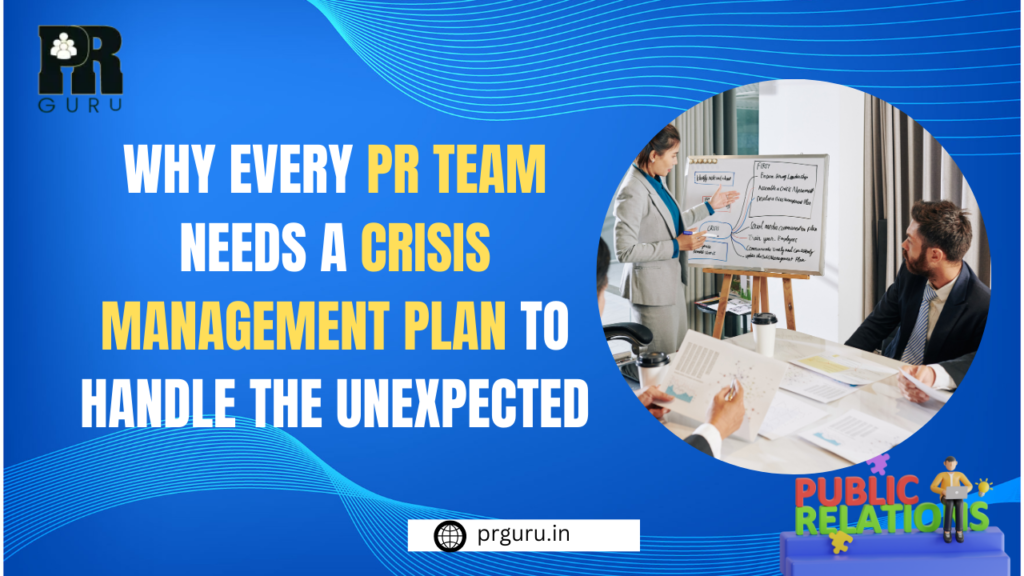
It is not if but when it hits. In public relations, crises always come as a surprise. It could be a recall, a viral post on social media, or unfavorable reporting in the media. No company is immune to such events, no matter how large or reputable their name may be. This agitated water requires a PR team more than simple ad hoc solutions; a crisis management plan is what will ensure that when the damage surfaces, the organization will indeed have been properly prepared to preserve its reputation while restoring trust to mitigate the necessary damage.
A Crisis Management Plan
A CMP is a broad document that states clearly how the organization should respond to a potential crisis. It states strategies, communication procedures, and instant steps to be followed at each point. Here, the goal is not only to handle the immediate case but to soothe the nerves of the stakeholders and, in the long run, help save the brand’s reputation.
Why a Crisis Management Plan Is the Need of the Hour for PR Teams?
1. Prompt response is the gold standard
The news moves fast in the present digital age. A delayed response may turn a relatively minor problem into a full-blown PR disaster. This equips the PR teams with the capability to act on a timely basis with pre-approved messaging and well-defined roles.
2. Protection of brand reputation

Reputation is the company’s most important asset. It can be destroyed in minutes if not managed properly during the crisis. A CMP allows the PR team to craft damage-control efforts, including the release of public apologies, rectification of misinformation, or demonstration of transparency with regular updates.
3. Consistent Communication
Consistency in crisis communication is important since mixed messages can bewilder stakeholders and damage confidence. A CMP would define and guide the generation of harmonized messaging, which is driven by the values of the organization and the tone. This would ensure all communications are consistent.
4. Building Stakeholder Confidence

During a crisis, stakeholders include customers, employees, investors, or media who look at an organization for reassurance. The right implementation of a CMP demonstrates that the organization is ready and knows how to handle the situation confidently.
Key Components of a Crisis Management Plan
1. Crisis Scenarios and Risk Assessment
Identify the potential crises that your organization might face. This could be operational failure, a cybersecurity breach, a legal dispute, or negative press. Understanding these risks will enable PR teams to develop strategies for each scenario.
2. Crisis Communication Team
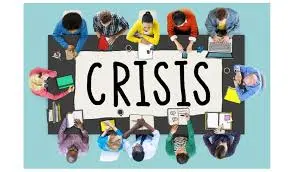
Define a dedicated crisis response team, which should at least include senior management, PR specialists, legal advisors, and subject matter experts. There should be specific roles and responsibilities to streamline the coordination process.
3. Communication Channels
Determine what the most effective ways of communication through your channels are. This may include social media, press releases, email updates, or internal memos. Make sure all these channels are scanned continually during a crisis.
4. Pre-approved Messaging
Draft templates and key messages for different crisis scenarios. These should be ready for specifics yet uniform in both tone and content. Pre-approved messaging saves precious time and reduces the chances of error when responding under stress.
5. Monitoring and Feedback Mechanisms
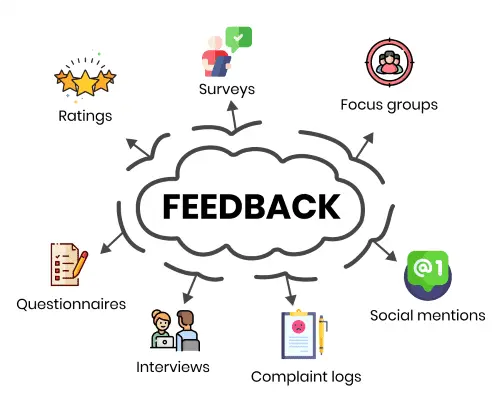
Establish tracking systems for media coverage, social media sentiment, and stakeholder feedback. In-time information will help PR teams gauge the effects of their communication and adjust strategies as necessary.
6. After-crisis Review
Review in detail what went right and wrong in response, and capture lessons learned and updates for the CMP on areas that were not met to improve continually.
Real-life Examples of Crisis Management
1. Johnson & Johnson’s Tylenol Crisis
In the 1980s, Johnson & Johnson was involved in the public health crisis occasioned by deaths resulting from cyanide-laced Tylenol capsules. The company’s response—the recall of its products and introduction of tamper-proof packaging—is regarded as a model of how crises ought to be managed. It did not only halt the immediate crisis but also regained customers’ confidence.
2. Starbucks’ Philadelphia Incident
Two Black men were arrested in 2018 for racial bias inside a Starbucks in Philadelphia. The brand responded to accusations of racial bias with a public apology and a decision to close all stores for racial bias training and new policies. It was a preventive measure to reclaim the integrity of an inclusive brand.
Proactive Crisis Management: The Role of PR Guru
In any given situation, the PR guru know that a crisis can make or break a brand. They, therefore, thrive on predicting the risks and forging resilient strategies in helping organizations to stay safe during turbulent times. In effect, it proactively helps clients to not just be reactive but prepares them for such incidents with confidence.
Conclusion
It is no longer a luxury but a must for any PR team—a crisis management plan. Preparedness is the new mantra for this modern age in which public opinion can change in seconds. Protective action for reputation building and nurturing trust calls for preparedness. A strong CMP will give PR teams the strength to navigate the unexpected and get ready to emerge stronger. And, of course, in PR, it is not the crisis that defines the brand but how the brand reacts.
Also Read: https://prguru.in/public-relations/why-x-is-the-new-pr-powerhouse/
Ready to take your PR strategy into 2025 and beyond? Visit PRGuru.in to find out how we can partner together to make your brand unforgettable.
Build authority, trust, and engagement with the right PR moves! Follow PR Guru on LinkedIn for expert tips, success stories, and industry trends


